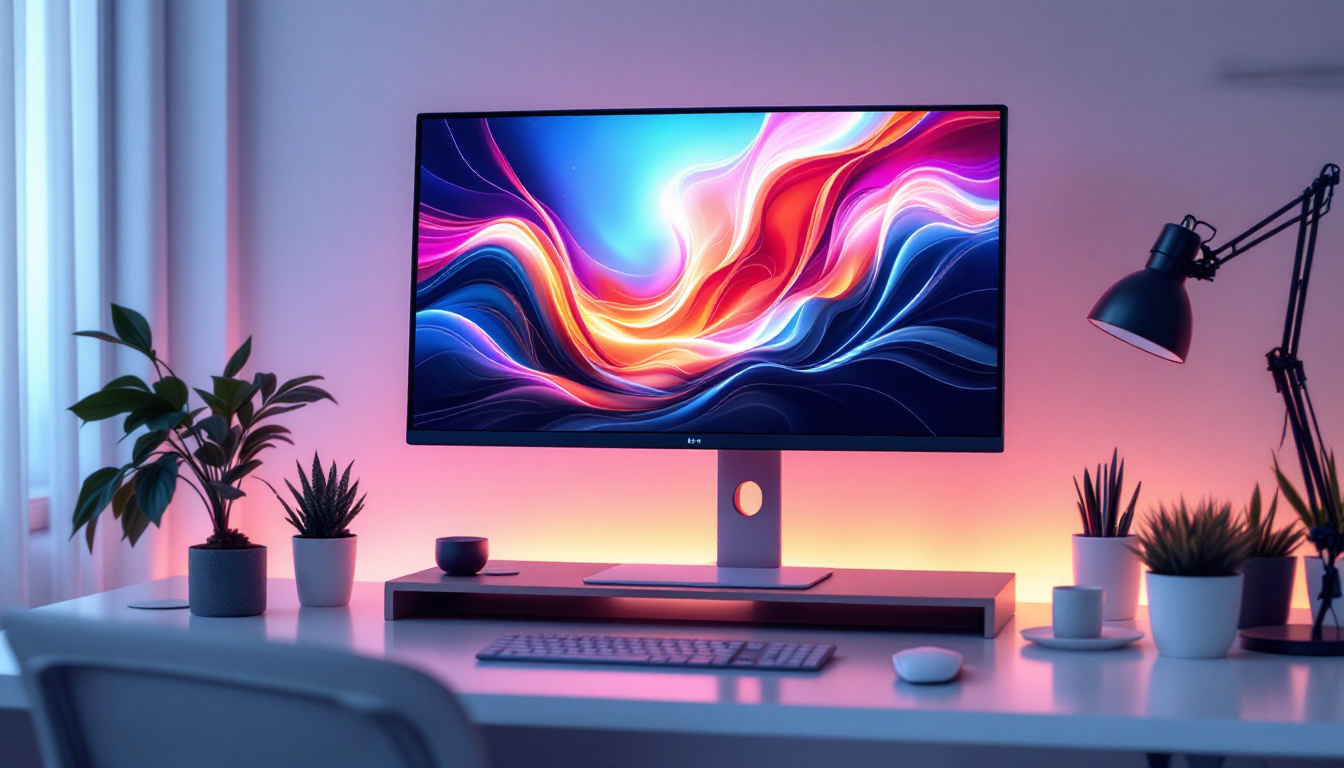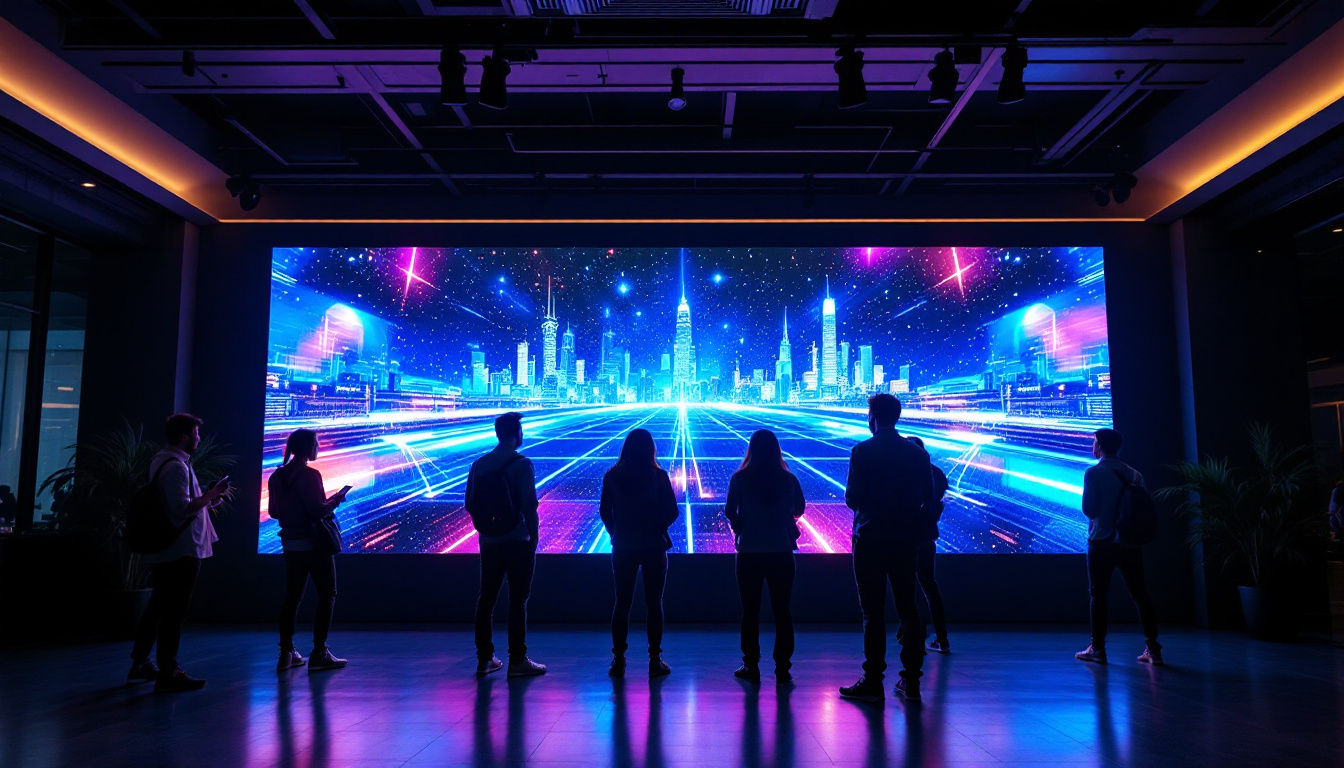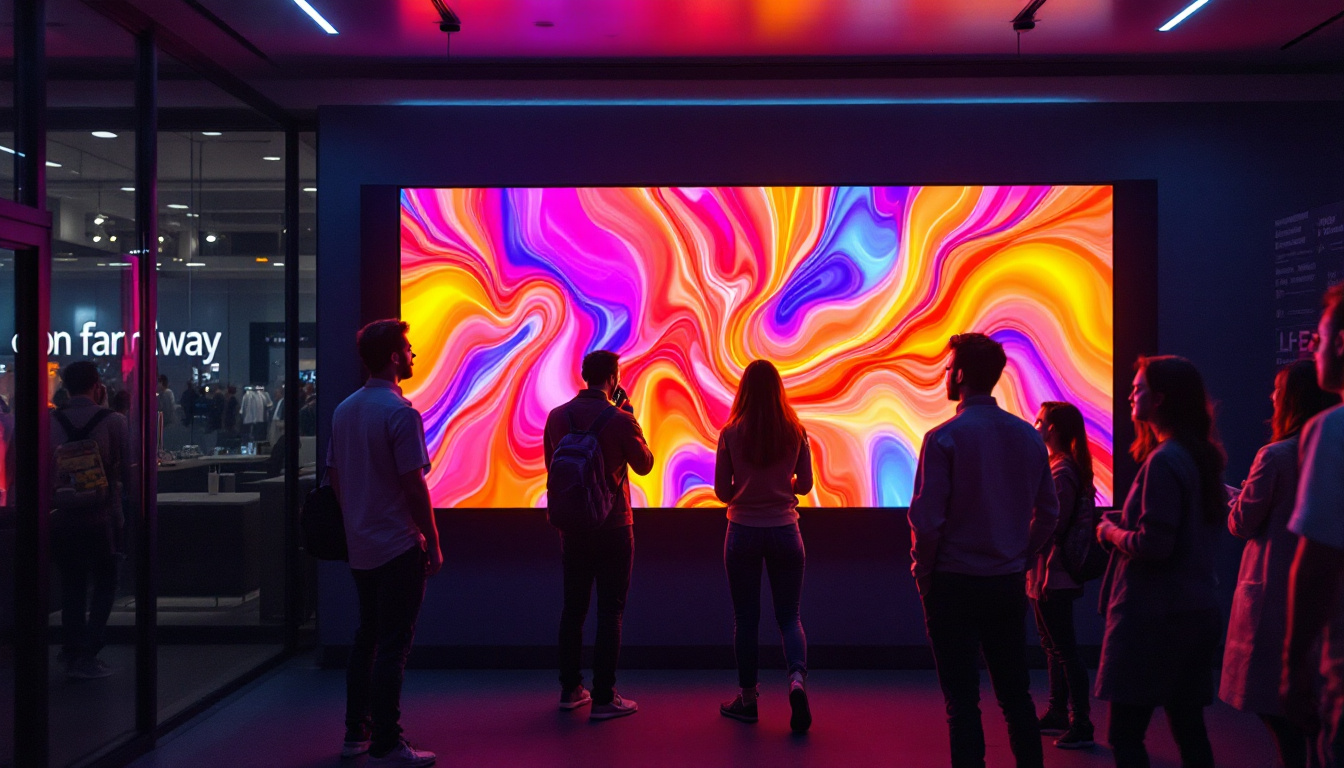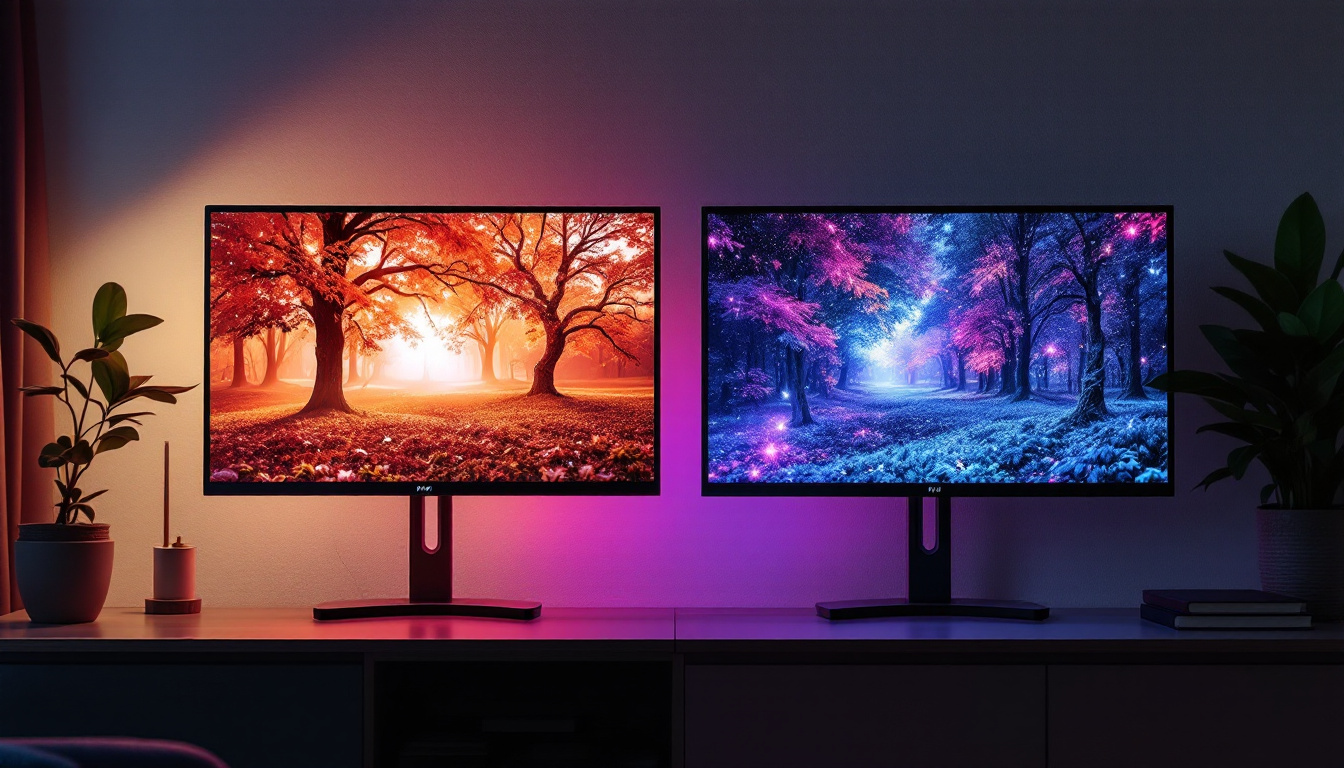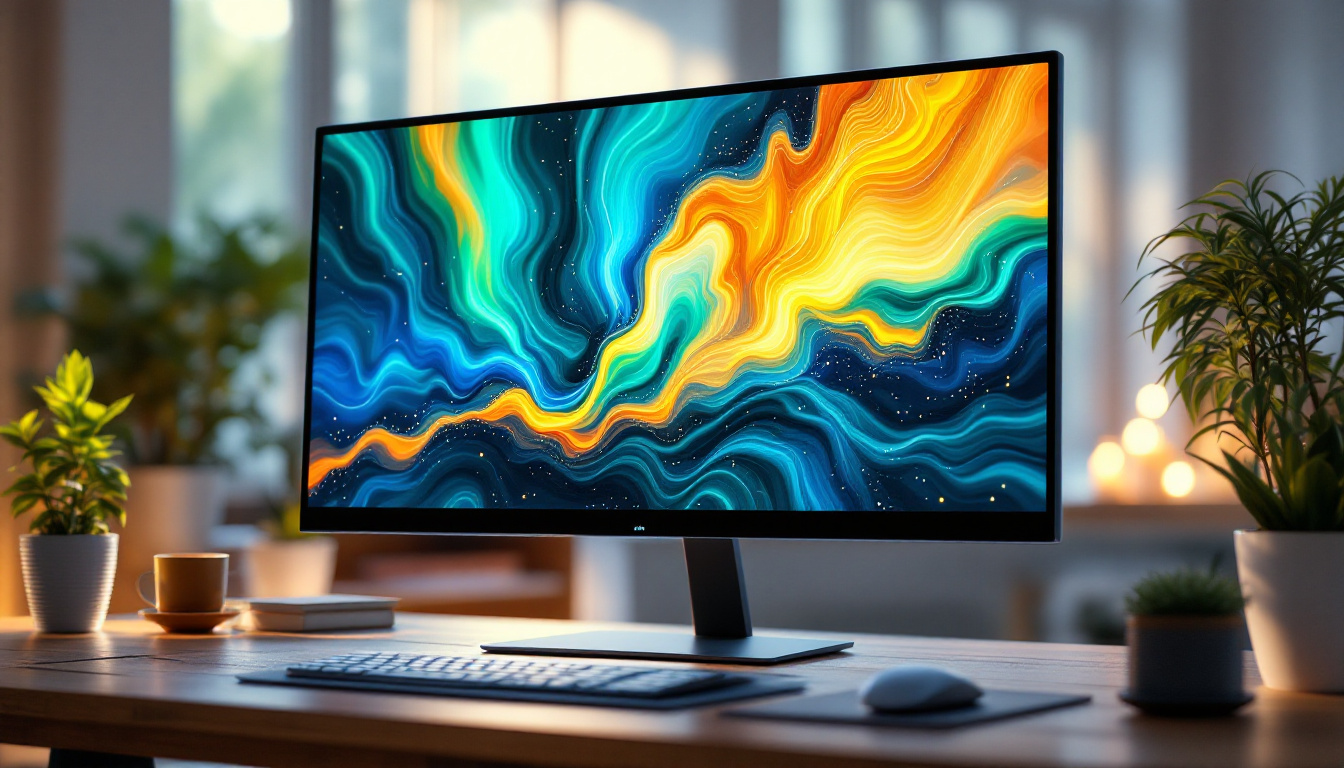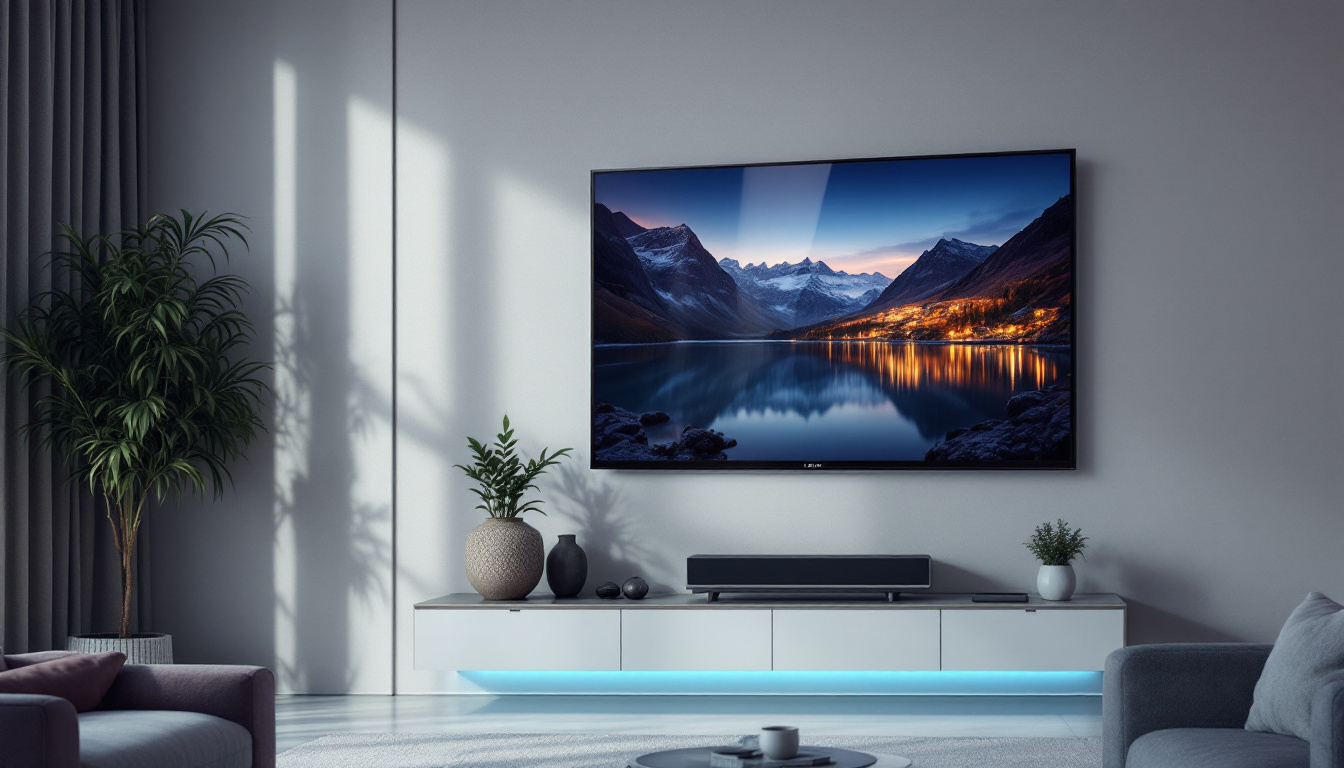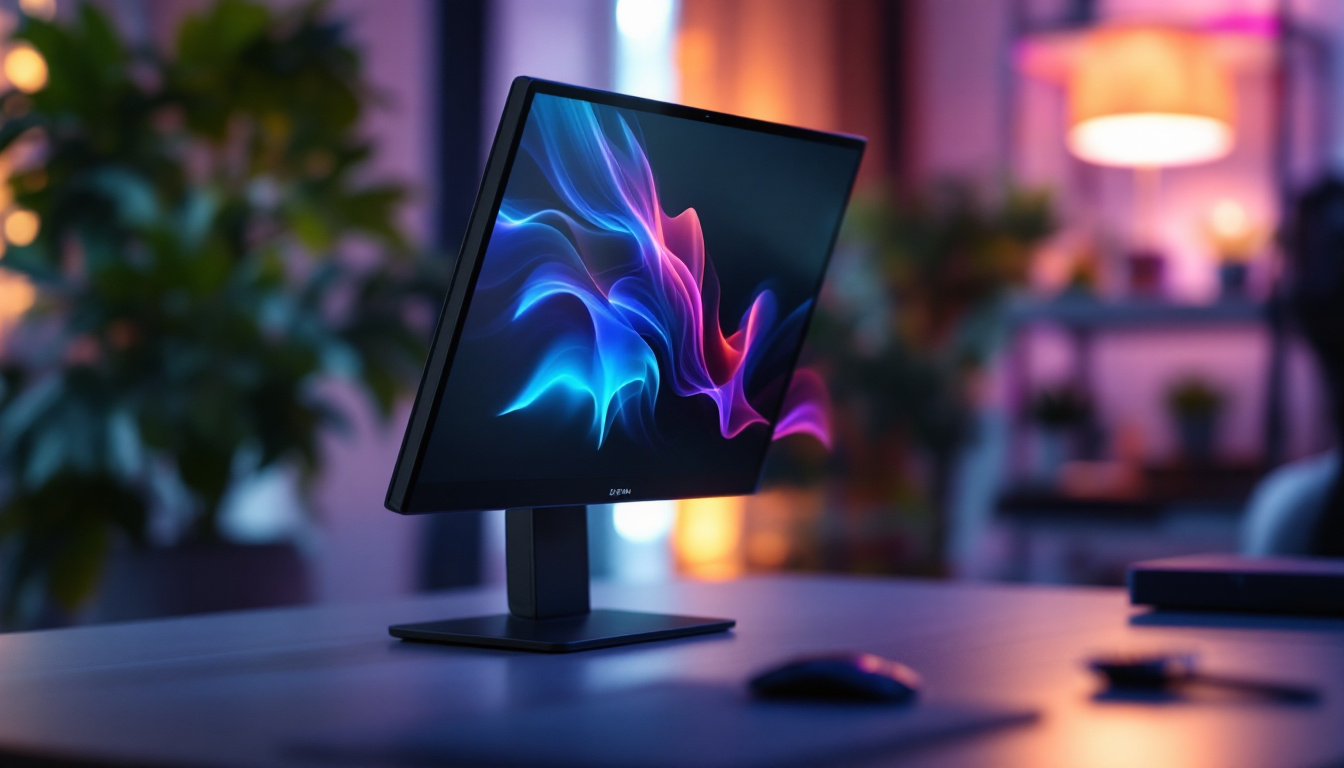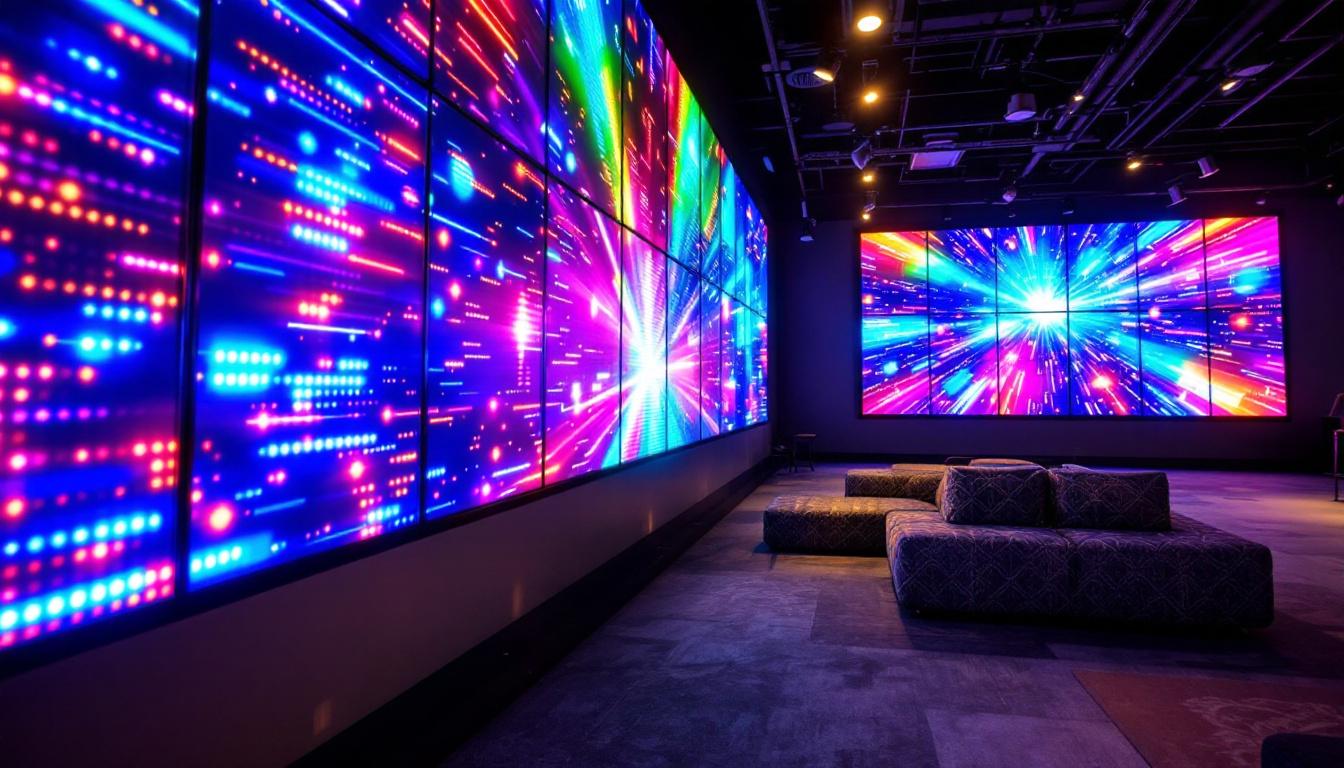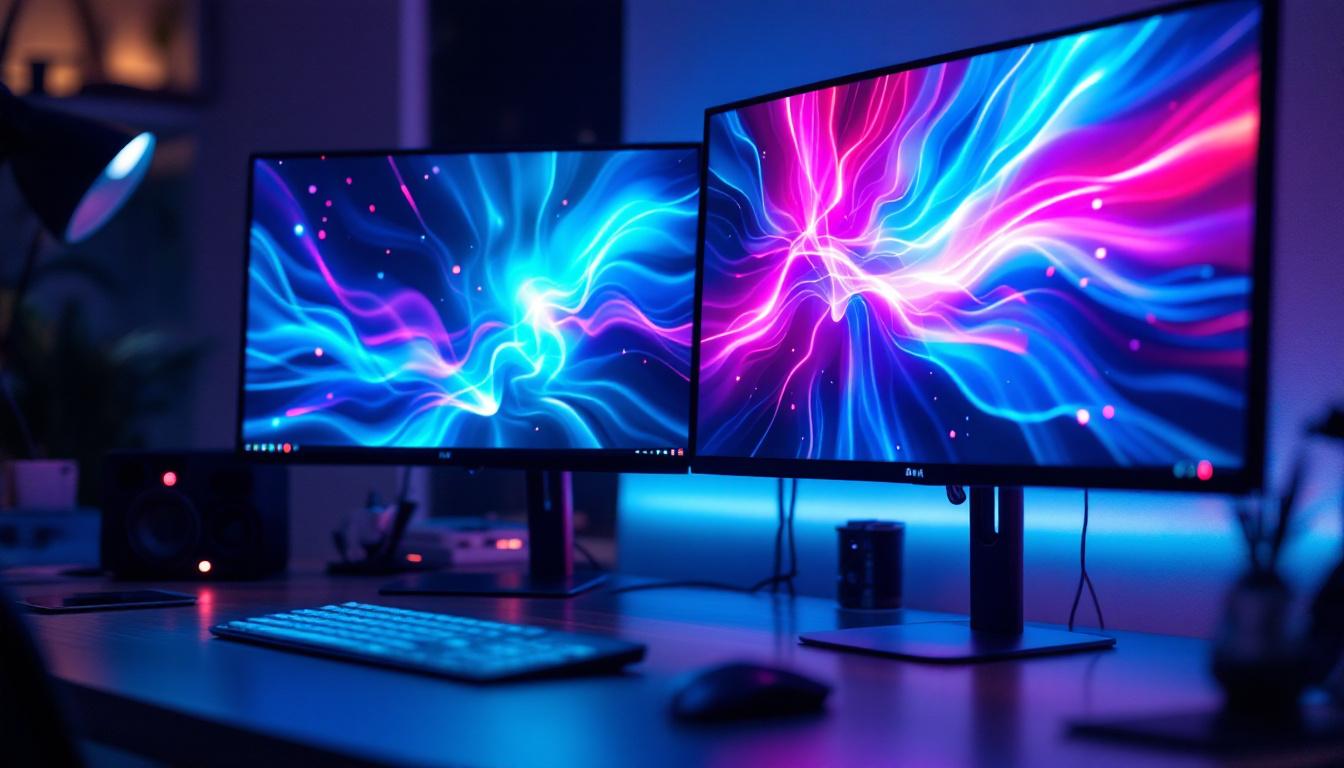In the modern digital age, the importance of a good computer monitor cannot be overstated. Whether for work, gaming, or entertainment, a high-quality display can greatly enhance the user experience. However, the monitor itself is just one part of the equation; the display stand plays a crucial role in optimizing viewing comfort and aesthetics. This article will delve into the intricacies of computer monitor display stands, with a particular focus on LED displays.
The Importance of Monitor Stands
Monitor stands are often overlooked in discussions about computer setups, yet they serve several essential functions. A well-designed stand not only supports the monitor but also contributes to ergonomics, aesthetics, and overall workspace organization.
Ergonomics and Comfort
One of the primary functions of a monitor stand is to ensure that the display is positioned at an optimal height. This is crucial for reducing strain on the neck and eyes. An adjustable stand allows users to customize the height and angle of their monitor, promoting a more comfortable viewing experience. Proper ergonomics can lead to increased productivity and reduced fatigue during long hours of work or gaming.
Additionally, a good stand can help maintain a healthy posture. When a monitor is too low or too high, it can lead to slouching or craning of the neck, which can result in discomfort and long-term health issues. Therefore, investing in a quality monitor stand is a step towards a healthier workspace.
Aesthetics and Organization
Aesthetically, a well-chosen monitor stand can enhance the overall look of a workspace. With various designs, materials, and colors available, users can select a stand that complements their decor and personal style. A cohesive look can make a workspace more inviting and enjoyable to spend time in.
Moreover, monitor stands often come with additional features such as cable management systems, which help keep cords organized and out of sight. This not only contributes to a cleaner appearance but also reduces the risk of tangling and damage to cables.
Furthermore, some monitor stands are designed with multifunctionality in mind. For instance, they may include built-in storage compartments or shelves for office supplies, which can help declutter the workspace. This added functionality allows users to maximize their desk space and keep essential items within easy reach, leading to a more efficient workflow. The integration of such features can transform a simple monitor stand into a versatile piece of furniture that enhances both form and function.
In addition to practical benefits, the choice of materials for monitor stands can also impact the overall ambiance of a workspace. Wooden stands can evoke a warm, natural feel, while metal or glass options may lend a more modern and sleek aesthetic. By thoughtfully selecting a monitor stand that aligns with the existing decor, users can create a harmonious environment that fosters creativity and focus, making the workspace not just functional but also a reflection of personal style.
Types of Monitor Stands
There are several types of monitor stands available on the market, each with its unique features and benefits. Understanding the differences can help users select the best option for their needs.
Fixed Stands
Fixed stands are the most basic type of monitor support. They come with a predetermined height and angle, making them simple and easy to use. While they may not offer the flexibility of adjustable stands, they are often more affordable and can still provide adequate support for many users.
These stands are typically made from sturdy materials, ensuring that the monitor remains stable. However, users should ensure that the fixed height is suitable for their specific workspace to avoid discomfort. Additionally, fixed stands can come in various designs, from sleek and modern to more traditional styles, allowing users to choose one that complements their office decor.
Adjustable Stands
Adjustable stands provide users with the ability to customize the height and angle of their monitors. This flexibility is particularly beneficial for shared workspaces, where multiple users may have different preferences. Many adjustable stands feature gas spring mechanisms, allowing for smooth and easy adjustments.
Some models even come with built-in features such as tilt and swivel capabilities, enabling users to find their ideal viewing angle. This adaptability can significantly enhance the overall user experience, making adjustable stands a popular choice among professionals and gamers alike. Furthermore, many adjustable stands include cable management systems, helping to keep cords organized and out of sight, which contributes to a cleaner and more efficient workspace.
Wall-Mounted Stands
For those looking to save desk space or create a minimalist setup, wall-mounted stands are an excellent option. These stands attach directly to the wall, allowing the monitor to float in mid-air. This not only frees up valuable desk space but also creates a sleek and modern look.
Wall-mounted stands typically require more installation effort and may not be suitable for all types of monitors. However, they can be a great solution for small offices or home setups where space is at a premium. Additionally, wall-mounted stands can often be adjusted for height and angle, providing some of the same ergonomic benefits as adjustable stands. This versatility makes them not only a space-saving solution but also a practical choice for enhancing comfort during long hours of work or gaming.
Understanding LED Displays
LED (Light Emitting Diode) displays have become increasingly popular in recent years, thanks to their vibrant colors, energy efficiency, and slim profiles. Understanding the technology behind LED displays can help users make informed decisions when selecting a monitor.
How LED Displays Work
LED displays utilize a series of tiny light-emitting diodes to create images. Unlike traditional LCD monitors, which rely on fluorescent backlighting, LED displays use these diodes to illuminate the screen directly. This results in better contrast ratios, brighter colors, and a more vivid overall picture.
Additionally, LED technology allows for thinner and lighter monitors, making them easier to mount or place on a stand. This is particularly advantageous for users who prioritize aesthetics and space-saving designs. The flexibility in design also extends to various form factors, including curved screens and ultra-wide displays, which can enhance immersion for gaming and cinematic experiences.
Benefits of LED Displays
One of the most significant advantages of LED displays is their energy efficiency. Compared to traditional monitors, LED screens consume less power, which can lead to lower electricity bills over time. This is especially important for businesses looking to reduce operational costs. Moreover, many LED displays are designed with eco-friendly materials and features, further appealing to environmentally conscious consumers.
Furthermore, LED displays offer superior color accuracy and brightness levels. This makes them ideal for graphic designers, photographers, and gamers who require precise color representation and high dynamic range. The enhanced viewing experience provided by LED technology can elevate any task, from professional work to casual entertainment. In addition to these benefits, LED displays often come equipped with advanced features such as adaptive brightness control and blue light filtering, which can help reduce eye strain during prolonged use. This makes them not only a practical choice but also a healthier one for users who spend long hours in front of their screens.
Choosing the Right Monitor Stand for LED Displays
When selecting a monitor stand for an LED display, several factors should be considered to ensure compatibility and optimal performance. The right stand can enhance the benefits of an LED monitor, making the overall experience more enjoyable.
Weight Capacity
One of the first considerations when choosing a monitor stand is its weight capacity. LED monitors can vary significantly in weight, depending on their size and design. It is essential to select a stand that can support the monitor’s weight to avoid accidents or damage.
Most manufacturers provide specifications regarding the weight limits of their stands. Users should always check these details to ensure compatibility with their specific monitor model.
Height and Adjustability
As previously mentioned, ergonomics play a vital role in user comfort. Therefore, selecting a stand that offers adjustable height options is crucial, especially for LED displays that may be used for various tasks. The ability to customize the height can help users maintain a healthy posture and reduce strain during extended use.
Additionally, consider stands with tilt and swivel features, which can enhance the viewing experience by allowing users to adjust the angle of the monitor easily. This is particularly beneficial in collaborative environments where multiple users may need to view the screen simultaneously.
Design and Aesthetics
The design of a monitor stand can significantly impact the overall look of a workspace. For LED displays, which often feature sleek and modern designs, it is essential to select a stand that complements this aesthetic. Options range from minimalist designs to more elaborate styles, allowing users to express their personal taste.
Furthermore, consider the materials used in the stand’s construction. Sturdy materials such as metal or high-quality plastic can provide durability and stability, while glass elements can add a touch of elegance to the setup.
Conclusion
In conclusion, computer monitor display stands are an essential component of any workspace, particularly when paired with LED displays. The right stand can enhance ergonomics, improve aesthetics, and optimize the overall user experience. With various types of stands available, from fixed to adjustable and wall-mounted options, users can find the perfect fit for their needs.
Understanding the technology behind LED displays further emphasizes the importance of selecting an appropriate monitor stand. By considering factors such as weight capacity, height adjustability, and design, users can create a comfortable and visually appealing workspace that enhances productivity and enjoyment.
As technology continues to evolve, so too will the designs and features of monitor stands. Staying informed about the latest trends and innovations can help users make the best choices for their setups, ensuring that they can fully enjoy the benefits of their LED displays.
Discover Cutting-Edge LED Display Stands with LumenMatrix
Ready to elevate your workspace and experience the full potential of your LED display? Look no further than LumenMatrix, a pioneer in LED display technology. Our extensive range of solutions, from Indoor and Outdoor LED Wall Displays to innovative LED Sports and Floor Displays, is designed to bring your visual communication to life. Whether you’re looking to create an immersive environment or enhance your brand’s visibility, our Custom and All-in-One LED Display options have got you covered. Don’t miss out on the opportunity to transform your space with our captivating LED Transparent Displays. Check out LumenMatrix LED Display Solutions today and step into the future of digital signage.

